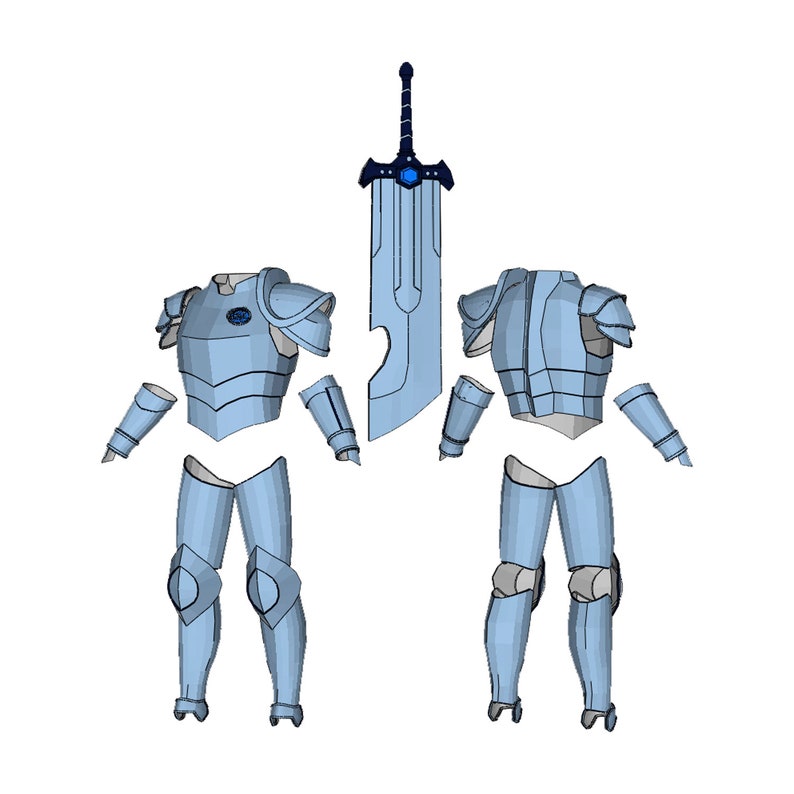
At that point all you have is a paper model, but with the use of things like fiberglass resin you can harden it and make it strong, and then you can apply things like papier mache or Bondo (an auto body filler) and basically make it into a real thing. Awesome right? Well, it doesn't have to stop there. Each piece has tabs, numbers, and fold lines so that it can be put back together in an actual physical representation of the 3D model. Unfolding refers to the process of breaking the surface area of the 3D model into manageable pieces that can be printed onto paper or cardstock like puzzle pieces. It's all over the internet and instructables already but if you're new to the term basically the idea works like this: You create a 3D model, or take an existing one, and "unfold" it.

Once again wear your respirator, bondo gives off toxic fumes.So, I've been eyeing this process called Pepakura for quite a while now.

By the way you will need a non-porous surface to mix the bondo on. To mix don't just stir it, fold it and smear it.

Let me tell you it takes a lot of sanding, anyway to mix your bondo take a blob about the size of a golf ball and put a pea-sized amount of hardener and then mix. What I recommend is that you just do it the normal way which is covering in bondo and then sanding. However there was one piece that I covered in cheesecloth and then in bondo, witch did seem to work well, but was rather unnecessary to do it like that, but since the piece was already covered in the cheesecloth I tried it. At first I like this because spackle is much easier to sand than bondo, but the problem is that spack cracks very easy, so I do not recommend this method. Then I covered the cheesecloth with spackle. I took layers of cheesecloth and glued them on by mixing glue and water and brushing it on. For this step I tried using a different method which really didn't work as well as I had hoped.


 0 kommentar(er)
0 kommentar(er)
